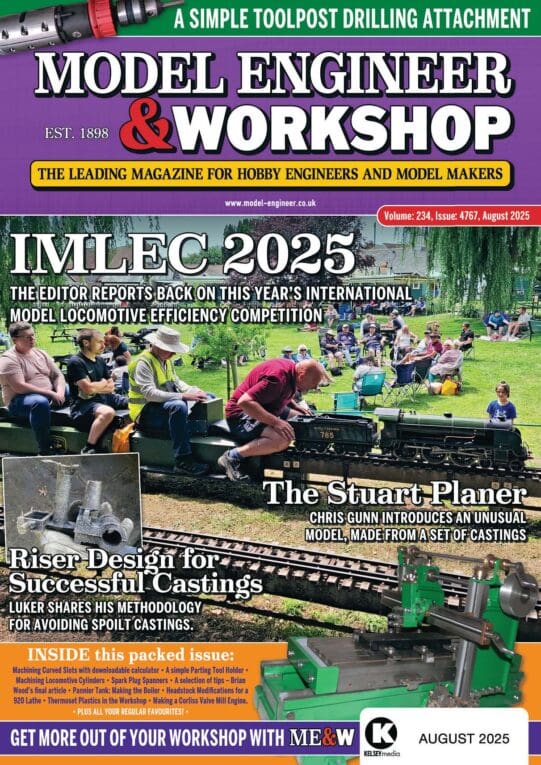Hi DC31k,
I can only speak for the procurement process we follow for ER collets.
Around 18 years ago, the late JS encouraged me to look at ER collets as a standardisation for the hobby market, which before then was used to using a Chinese standard collet which is a longer collet which looks similar to ER.
A factory was found with whom I was happy. In addition to ER collets, we purchased other items and developed some items with them which JS created, with the help of a specific engineer in that factory. Over the years we worked closely with a set of people in the factory. They have a set of procedures in place to check each product on specific product related testing equipment.
About nine years ago, the specific engineer with whom we worked, left and started his own factory which specialises in ER collets. Two years after he started his factory, we moved our procurement of ER collets to him. We continue to buy a spread of items from the original factory, along with ER collets specifically manufactured by him. I have visited him on several occasions and seen the checking process.
Checking is done manually by an experienced checker who checks each collet for runout on a specific test rig. the collets are then separated into small bins by runout range. There is a market for every runout spec. Price we pay for 0.008mm is 10 ~ 15% higher than 0.015mm.
We are regularly offered prices cheaper than what we pay our manufacturer supplier, however I prefer to buy from people I am happy to work with, and I have been working with this team for around 18 years now.
So, above is the process ARC has for quality control. Any problems are usually flagged up after receiving three consecutive complaints with which we agree, for the price range at which a product is offered.
If certification is required, I would suggest Regofix.
Checking for accuracy outside a test rig, and on a milling machine can achieve mixed results as there are too many factors involved, including the accuracy of the spindle, milling head, arbor, nut, cutter, column alignment, how hard or not the collet system is tightened. For these reasons, in the early days, we were less confident of specifying ER collet runouts, even we were originally offering 0.015mm runout. An observation on one mill was found to be different from two to three others.
However, over time we saw others offering Chinese origin ER collets specifying runouts as a marketing tool, in the hobby environment, and we are confident that the prices suggested were difficult to achieve for the runout specified. So we decided to specify the runout as specified by our manufacturer, a few years ago.
Manual machines are less accurate than CNC. They work at lower speeds than CNC too. Although there are specific CNC machine specks ER collets, different from what we sell, there are CNC machining workshops in U.K. and Europe, to whom ARC supplies ER collets for use on their CNC machines. The ER collets we sell are fine for use on Tormach machines.
If one was to use seriously big/multi axis CNC machines for something like aerospace component making, then a different type of ER collets should be considered.
Ketan at ARC
Ketan Swali.




